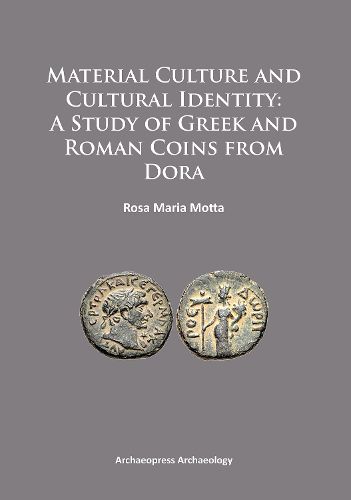Readings Newsletter
Become a Readings Member to make your shopping experience even easier.
Sign in or sign up for free!
You’re not far away from qualifying for FREE standard shipping within Australia
You’ve qualified for FREE standard shipping within Australia
The cart is loading…






The ancient harbor town of Dor/Dora in modern Israel has a history that spanned from the Bronze Age until the Late Roman Era. The story of its peoples can be assembled from a variety of historical and archaeological sources derived from the nearly thirty years of research at Tel Dor - the archaeological site of the ancient city. Each primary source offers a certain kind of information with its own perspective. In the attempt to understand the city during its Graeco-Roman years - a time when Dora reached its largest physical extent and gained enough importance to mint its own coins, numismatic sources provide key information. With their politically, socio-culturally and territorially specific iconography, Dora’s coins indeed reveal that the city was self-aware of itself as a continuous culture, beginning with its Phoenician origins and continuing into its Roman present.
$9.00 standard shipping within Australia
FREE standard shipping within Australia for orders over $100.00
Express & International shipping calculated at checkout
The ancient harbor town of Dor/Dora in modern Israel has a history that spanned from the Bronze Age until the Late Roman Era. The story of its peoples can be assembled from a variety of historical and archaeological sources derived from the nearly thirty years of research at Tel Dor - the archaeological site of the ancient city. Each primary source offers a certain kind of information with its own perspective. In the attempt to understand the city during its Graeco-Roman years - a time when Dora reached its largest physical extent and gained enough importance to mint its own coins, numismatic sources provide key information. With their politically, socio-culturally and territorially specific iconography, Dora’s coins indeed reveal that the city was self-aware of itself as a continuous culture, beginning with its Phoenician origins and continuing into its Roman present.